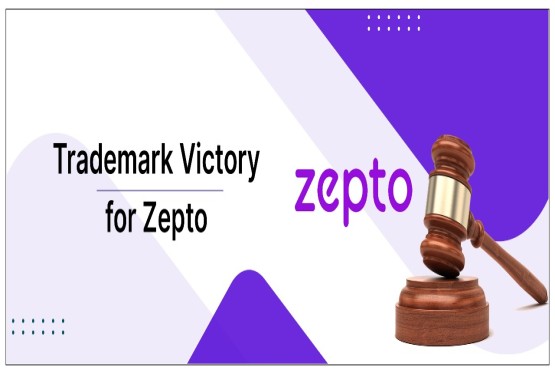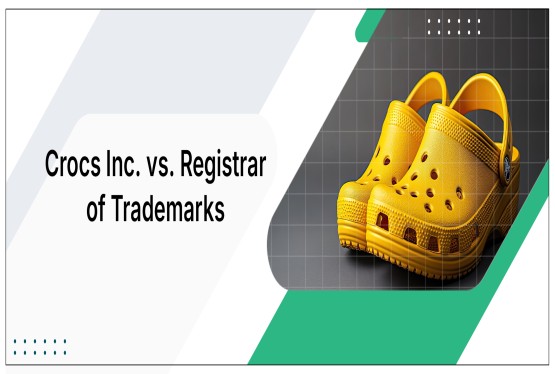Intellectual Property (IP) rights play an important role in protecting the creativity, brand name and innovation of individuals and businesses. Copyright, patents, and trademarks are the primary source of IP protection, each serving a different purpose. This article will provide the fundamental differences among these three types of IP protections to show
1. Copyright
Definition and Scope: Copyright registration is a legal protection granted to the creators of original works, such as literary, artistic, musical, and dramatic compositions. It makes sure that creators have complete rights to reproduce, distribute, perform, and display their work. Copyright automatically applies as soon as the work is created and fixed in a tangible medium.
Examples:
-
Books, novels, poems, and screenplays
-
Music compositions and recordings
-
Films, TV shows, and digital content
-
Paintings, sculptures, and photographs
-
Software code and architectural designs
Duration: In most jurisdictions, copyright lasts for the creator's lifetime plus an additional 50 to 70 years. For works created by corporations, the term usually spans 95 to 120 years from publication or creation.
Importance and Limitations: Copyright aims to encourage creativity by protecting original works while allowing for fair use, such as commentary, education, or criticism.
2. Patent
Definition and Scope: Patent registration is a protection granted for an invention that provides a new and useful process, machine, article of manufacture, or composition of matter. Patents give inventors exclusive rights to use, sell, or license their inventions for a limited period, which is 20 years from the filing date.
Types of Patents:
-
Utility Patents: Cover functional aspects of inventions, like a new type of engine or medical device.
-
Design Patents: Protect the ornamental design of a functional item, such as the unique shape of a smartwatch.
-
Plant Patents: Granted for the invention or discovery of a new and distinct plant variety.
Examples:
-
A new pharmaceutical drug
-
An innovative software algorithm
-
A novel type of renewable energy technology
-
The unique design of a sports car
Duration: Utility patents generally last 20 years from the filing date, while design patents may last up to 15 years. However, patent holders must pay maintenance fees to keep the patent active.
Importance and Limitations: Patents protect the financial and research investment of inventors, fostering technological advancement. However, they require full public disclosure of the invention and cannot be extended beyond the designated term.
3. Trademark
Definition: According to section 2(1)(zb) trademark is a recognizable sign, symbol, word, or phrase that distinguishes products or services of one entity from those of others. Trademarks Registration helps build brand identity and consumer trust, protecting both the company’s reputation and customers from confusion.
Examples:
-
The Nike “Swoosh” logo
-
The phrase “Just Do It”
-
McDonald’s golden arches
-
Brand names like Coca-Cola or Amazon
Duration: Trademarks can be renewed indefinitely as long as they are used in commerce and meet renewal requirements, usually every 10 years. The protection applies to names, logos, slogans, and even specific colors or sounds if they are distinctive.
Importance and Limitations: Trademarks secure brand recognition and prevent unfair competition. Trademark infringement occurs when a mark similar enough to cause confusion is used without permission.
Key Difference
| Aspect | Copyright | Patent | Trademark |
|---|---|---|---|
| Definition | Protects original works of authorship, like literature, music, and art | Protects new, useful, and non-obvious inventions or processes | Protects brand identifiers, such as names, logos, and symbols |
| Scope | Covers the expression of ideas in a tangible form | Covers functional inventions or designs | Covers brand identity elements that distinguish goods/services |
| Automatic or Requires Registration | Automatic upon creation in a fixed form | Requires a formal application and examination process | Registration is required for nationwide protection, but rights can exist through use |
| Duration | Author’s lifetime + 50-70 years (varies by jurisdiction) | 20 years from filing date (for utility patents); renewable design term | Trademark registration is valid for 10 years and renewable after 10 years |
| Rights Granted | Right to reproduce, distribute, display, and create derivatives | Right to bar others from making, using, or selling the invention | Right to bar others from using a similar mark that could cause confusion |
| Infringement Consequences | Copyright infringement lawsuits, damages, or injunctions | Patent infringement lawsuits, including significant financial damages | Trademark infringement lawsuits, potential loss of brand value, and damages |
| Use Cases | Authors, musicians, software developers | Inventors, researchers, engineering companies | Businesses and brands seeking to protect their identity |
| Examples | Books, films, music, art, software | Pharmaceuticals, machinery, software algorithms | Logos (e.g., Nike Swoosh), brand names (e.g., Apple), slogans |
How These IP Protections Work Together
In many cases, a business may use all three types of IP protection for comprehensive coverage. For instance, a technology company that invents a new software product could:
-
Use copyright to protect the software code.
-
Apply for a patent if the software includes a novel and non-obvious invention, such as a unique algorithm.
-
Register a trademarks for the product’s name and logo.
Each type of protection plays a role in securing different aspects of creativity and innovation, making them essential tools for individuals and organizations alike.
Conclusion
Each type of intellectual property serves a specific purpose and comes with different requirements and benefits. By understanding the differences among trademarks, copyrights, and patents, you can make decisions about protecting your creative assets and ideas. Whether you're an entrepreneur looking to protect a brand, an artist safeguarding a work of art, or an inventor securing a groundbreaking innovation, choosing the right form of protection is key to fostering creativity and ensuring long-term success.






























_(b)_of_the_Trademark_Act,_1999_(1)_crop10_thumb.jpg)



_crop10_thumb.jpg)




























_crop10_thumb.jpg)
_crop10_thumb.jpg)






_crop10_thumb.jpg)








_crop10_thumb.jpg)
_crop10_thumb.jpg)



_crop10_thumb.jpg)





























_crop10_thumb.jpg)

















_crop10_thumb.jpg)






_crop10_thumb.jpg)











































































































































_crop10_thumb.jpg)




































_crop10_thumb.jpg)












_crop10_thumb.jpg)






















